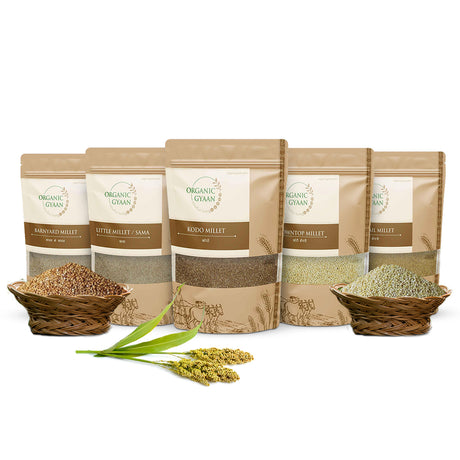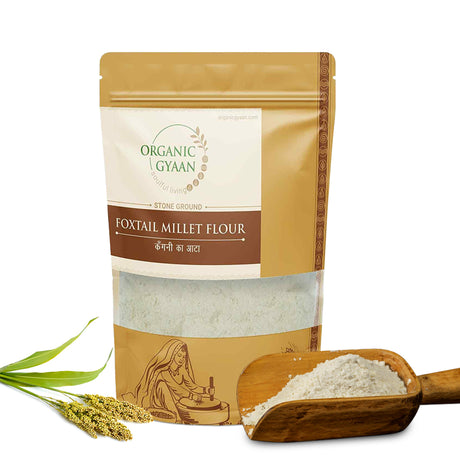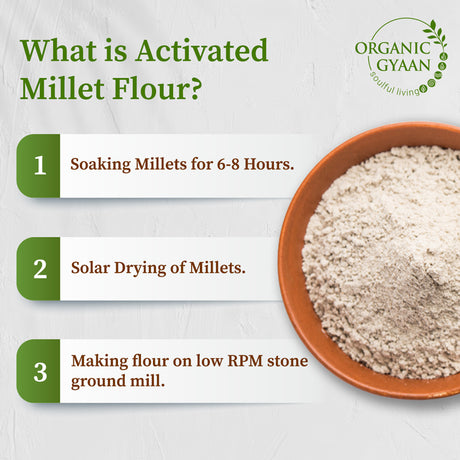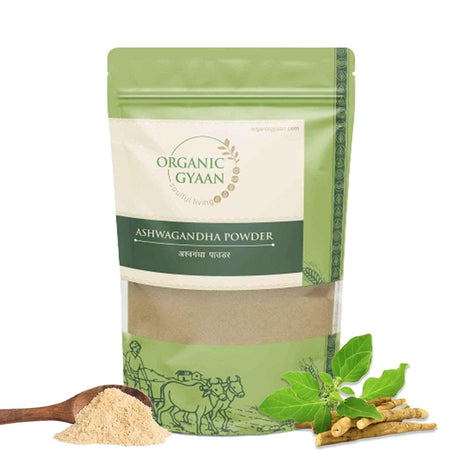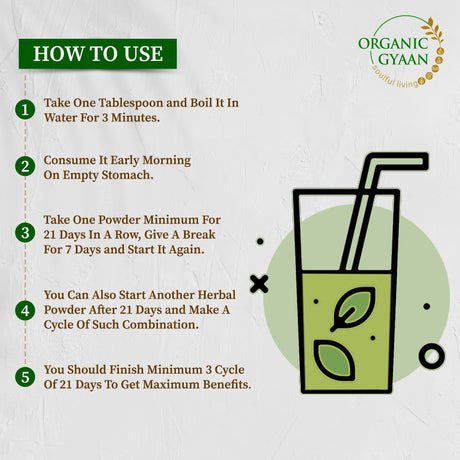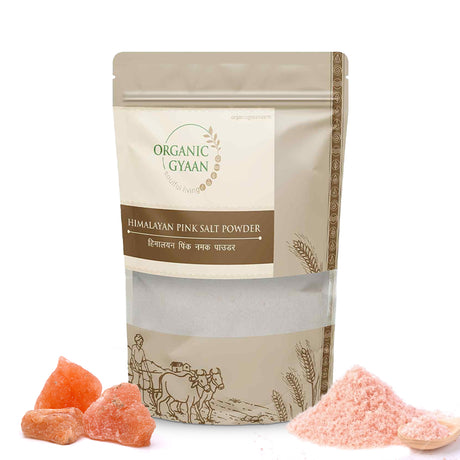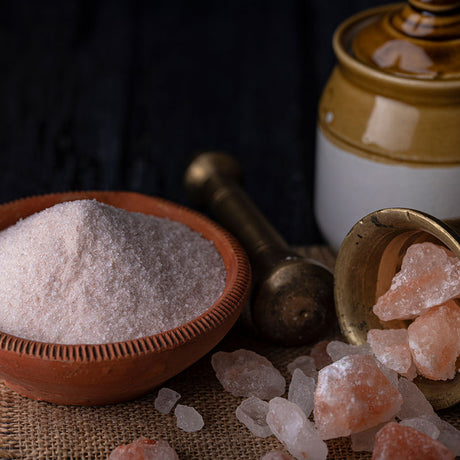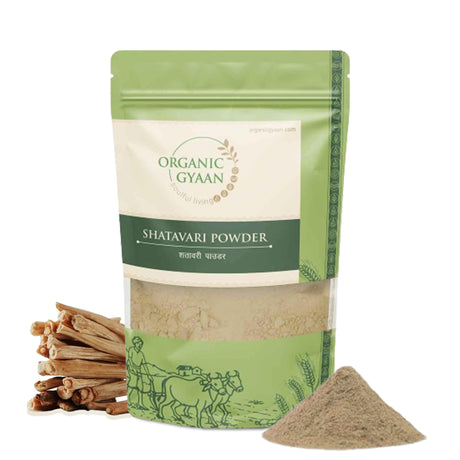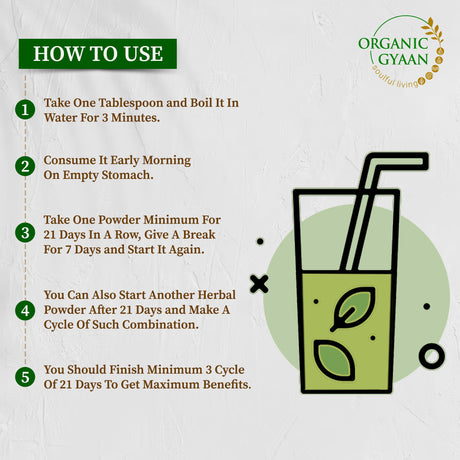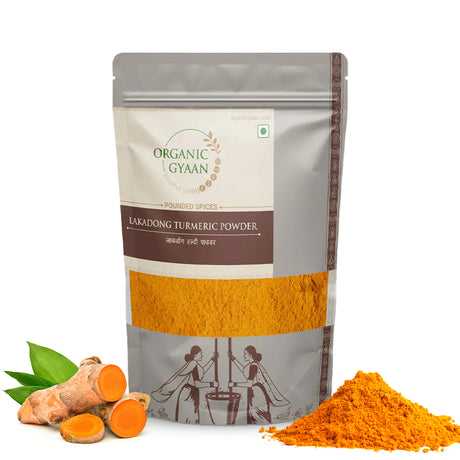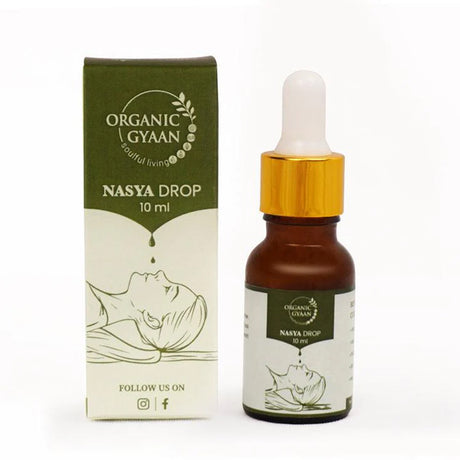तुम्हाला विनाकारण थकवा जाणवत आहे, असामान्य तहान लागली आहे किंवा तुमच्या दिनचर्येत थोडासा बदल करूनही वजन वाढत आहे का? ही प्रीडायबिटीज म्हणून ओळखल्या जाणाऱ्या स्थितीची सुरुवातीची लक्षणे असू शकतात - हा आरोग्य इशारा बरेच लोक खूप उशीर होईपर्यंत दुर्लक्ष करतात.
जेव्हा तुमच्या रक्तातील साखरेची पातळी सामान्यपेक्षा जास्त असते परंतु मधुमेह असल्याचे निदान होण्याइतपत जास्त नसते तेव्हा प्रीडायबिटीज होते. "परिस्थिती आणखी बिकट होण्यापूर्वी आता लक्ष द्या" असे तुमचे शरीर सांगण्याची ही एक पद्धत आहे.
आरोग्य तज्ञांच्या मते, लाखो प्रौढांना माहित नसतानाही प्रीडायबिटीज आहे. कारण लक्षणे बहुतेकदा सौम्य असतात किंवा त्यांच्याकडे दुर्लक्ष केले जाते. तथापि, लवकर ओळखल्याने तुम्हाला साधे पण प्रभावी जीवनशैली बदल करण्याची संधी मिळते ज्यामुळे टाइप २ मधुमेह पूर्णपणे रोखता येतो.
चला तर मग, जेव्हा प्रीडायबिटीज होतो तेव्हा शरीरात खरोखर काय घडते ते समजून घेऊया.
प्रीडायबिटीज म्हणजे काय?
प्रीडायबिटीज हा रक्तातील साखरेची सामान्य पातळी आणि टाइप २ मधुमेह यांच्यातील एक टप्पा आहे. याचा अर्थ असा की तुमचे शरीर साखर (ग्लुकोज) प्रभावीपणे प्रक्रिया करण्यात संघर्ष करू लागले आहे. सहसा, जेव्हा शरीर इन्सुलिनला चांगला प्रतिसाद देत नाही तेव्हा असे होते - एक संप्रेरक जो तुमच्या रक्तातून साखर तुमच्या पेशींमध्ये हलविण्यास मदत करतो. याला इन्सुलिन प्रतिरोध म्हणतात.
जेव्हा तुमचे शरीर इन्सुलिन प्रतिरोधक बनते तेव्हा तुमच्या रक्तप्रवाहात साखर जमा होते. जर हे दीर्घकाळ चालू राहिले तर त्यामुळे टाइप २ मधुमेह होऊ शकतो आणि हृदयरोग, स्ट्रोक आणि मूत्रपिंडाच्या समस्यांचा धोका वाढू शकतो.
तथापि, सुरुवातीचा टप्पा - प्रीडायबिटीज - उलट करता येतो. आणि तुम्ही जितक्या लवकर कारवाई कराल तितके गंभीर आरोग्य समस्या टाळण्याची शक्यता जास्त असते.
प्रीडायबिटीज कशामुळे होतो?
प्रीडायबिटीजची कारणे समजून घेतल्याने तुम्हाला जीवनशैलीचे चांगले पर्याय निवडण्यास आणि भविष्यात मधुमेह रोखण्यास मदत होऊ शकते.
मुख्य कारणे:
- इन्सुलिन प्रतिरोध : तुमच्या पेशी इन्सुलिनला प्रतिसाद देणे थांबवतात, ज्यामुळे साखर रक्तातून पेशींमध्ये जाणे कठीण होते.
- अस्वास्थ्यकर आहार : जास्त साखर, रिफाइंड कार्ब्स आणि जंक फूड खाल्ल्याने रक्तातील साखरेची पातळी वाढते.
- शारीरिक हालचालींचा अभाव : नियमित व्यायामाशिवाय, तुमचे शरीर साखर वापरण्यात कमी कार्यक्षम होते.
- जास्त वजन किंवा लठ्ठपणा असणे : विशेषतः जर तुमच्या पोटाभोवती चरबी साठली असेल तर ते इन्सुलिन प्रतिरोध वाढवते.
- हार्मोनल स्थिती : महिलांमध्ये पीसीओएस सारख्या समस्या शरीर इन्सुलिन कसे वापरते यावर परिणाम करतात.
- ताण आणि चिंता : दीर्घकाळ ताणतणावामुळे कॉर्टिसोल वाढते, ज्यामुळे रक्तातील साखरेची पातळी वाढते.
- कमी झोप : नीट किंवा पुरेशी झोप न घेतल्याने तुमचे शरीर साखरेचा वापर कसा करते यावर परिणाम होऊ शकतो.
हे सर्व घटक हळूहळू प्रीडायबिटीजला कारणीभूत ठरू शकतात, विशेषतः जर ते कालांतराने चालू राहिले तर.
मधुमेहपूर्व आजाराची सामान्य लक्षणे
बहुतेक प्रकरणांमध्ये, प्रीडायबिटीजची लक्षणे खूपच सौम्य असतात किंवा अजिबात लक्षात येत नाहीत. म्हणूनच बरेच लोक वर्षानुवर्षे प्रीडायबिटीजसह जगतात आणि त्यांना ते कळत नाही. तरीही, काही प्रारंभिक चेतावणी चिन्हे दिसू शकतात, जसे की:
- नेहमीपेक्षा जास्त तहान लागणे
- जेवल्यानंतरही भूक लागणे
- थकवा किंवा उर्जेचा अभाव
- वारंवार लघवी होणे, विशेषतः रात्री
- वजन वाढणे, विशेषतः पोटाभोवती
- वजन कमी करण्यात अडचण
- धूसर दृष्टी
- त्वचेवर काळे डाग, विशेषतः मान, कोपर किंवा काखेभोवती
जर तुम्हाला यापैकी एक किंवा अधिक लक्षणे दिसली तर तुमच्या रक्तातील साखरेची तपासणी करणे महत्वाचे आहे.
A1C म्हणजे काय? प्रीडायबिटीजसाठी चाचणी समजून घेणे
A1C चाचणी, ज्याला HbA1c चाचणी देखील म्हणतात, ही एक रक्त चाचणी आहे जी गेल्या २ ते ३ महिन्यांतील तुमच्या सरासरी रक्तातील साखरेच्या पातळीचे चित्र देते. तुमच्या लाल रक्तपेशींमध्ये किती ग्लुकोज जोडलेले आहे हे ते दर्शवते.
A1C म्हणजे काय हे समजून घेतल्याने तुम्ही सुरक्षित श्रेणीत आहात की मधुमेहाकडे वाटचाल करत आहात हे ट्रॅक करण्यास मदत होऊ शकते.
HbA1c सामान्य श्रेणी:
- ५.७% पेक्षा कमी - तुमच्या रक्तातील साखर सामान्य आहे
- ५.७% ते ६.४% - ही प्रीडायबिटीज रेंज आहे.
- ६.५% किंवा त्याहून अधिक - तुम्हाला मधुमेह आहे.
जर तुमचा A1C पातळी 5.7% आणि 6.4% च्या दरम्यान घसरला तर याचा अर्थ असा की तुम्हाला प्रीडायबिटीज आहे आणि पुढील आरोग्य गुंतागुंत टाळण्यासाठी तुम्ही ताबडतोब कारवाई करावी.
प्रीडायबिटीजकडे दुर्लक्ष का करू नये
प्रीडायबिटीजकडे दुर्लक्ष केल्याने टाइप २ मधुमेह होण्याची शक्यता वाढते. मधुमेह तुमच्या डोळ्यांवर, मूत्रपिंडांवर, नसांवर, हृदयावर आणि इतर गोष्टींवर परिणाम करू शकतो. तथापि, प्रीडायबिटीजचे सौंदर्य असे आहे की ते तुम्हाला गंभीर आजार होण्यापूर्वीच ते थांबवण्याची संधी देते.
तुमच्या खाण्याच्या सवयी बदलून, सक्रिय राहून आणि नैसर्गिक उपायांचा वापर करून, तुम्ही तुमच्या रक्तातील साखरेची पातळी कमी करू शकता आणि तुमचे शरीर पुन्हा संतुलित करू शकता.
प्रीडायबिटीजच्या व्यवस्थापनासाठी नैसर्गिक उपाय
जर तुम्ही प्रीडायबिटीज नैसर्गिकरित्या व्यवस्थापित करण्याचा विचार करत असाल, तर पारंपारिक औषधी वनस्पती आणि संपूर्ण अन्न मजबूत आधार देऊ शकतात. रक्तातील साखर नियंत्रित करण्यासाठी येथे काही सुप्रसिद्ध नैसर्गिक पद्धती आहेत:
१. रोजच्या जेवणासाठी बाजरीचा वापर करा.
फॉक्सटेल , लिटल बाजरी , ब्राउनटॉप , बार्नयार्ड आणि कोडो बाजरी हे पांढऱ्या तांदूळ किंवा रिफाइंड गव्हाच्या जागी उत्तम पर्याय आहेत. त्यांना सिरीधन्या म्हणूनही ओळखले जाते. बाजरीमध्ये फायबरचे प्रमाण जास्त असते, ग्लायसेमिक इंडेक्स कमी असतो आणि मॅग्नेशियम आणि लोह सारख्या पोषक तत्वांनी समृद्ध असते जे निरोगी रक्तातील साखरेची पातळी राखते.
तुमच्या आहारात बाजरीचा समावेश केल्याने रक्तातील साखरेचे शोषण कमी होते आणि इन्सुलिन प्रतिरोधकता व्यवस्थापित करण्यास मदत होते.
२. साखर नियंत्रणासाठी आयुर्वेदिक हर्बल पावडर
ऑरगॅनिक ज्ञानमध्ये, आमच्या खास तयार केलेल्या आयुर्वेदिक ब्लड शुगर मॅनेजमेंट कॉम्बोमध्ये रक्तातील साखरेची पातळी नैसर्गिकरित्या संतुलित करण्यासाठी आणि एकूण चयापचय आरोग्यास समर्थन देण्यासाठी डिझाइन केलेले आयुर्वेदिक औषधी वनस्पतींचे एक प्रभावी मिश्रण समाविष्ट आहे. या कॉम्बोमध्ये समाविष्ट आहे:
- जांभळाच्या बियांची पावडर - रक्तातील साखरेची पातळी नियंत्रित करण्यास मदत करते आणि इन्सुलिन संवेदनशीलता सुधारते.
- मोरिंगा पावडर - अँटीऑक्सिडंट्स आणि आवश्यक पोषक तत्वांनी समृद्ध, ते जळजळ कमी करण्यास आणि रक्तातील साखर स्थिर करण्यास मदत करते.
- कडुलिंब पावडर - रक्त विषमुक्त करते, यकृत आणि स्वादुपिंडाच्या आरोग्यास समर्थन देते
- कारल्याची पावडर - यामध्ये वनस्पतींपासून बनवलेले इन्सुलिनसारखे संयुगे असतात जे रक्तातील साखरेची पातळी कमी करण्यास मदत करतात.
- गिलॉय पावडर - रोग प्रतिकारशक्ती वाढवते, जळजळ कमी करते आणि चयापचय आरोग्यास समर्थन देते.
हे शक्तिशाली मिश्रण, शिफारस केलेल्या प्रमाणात दररोज घेतल्यास, साखरेची इच्छा प्रभावीपणे कमी करू शकते, ग्लुकोज चयापचय नियंत्रित करू शकते आणि एकूण साखर संतुलन वाढवू शकते.
३. A2 गिर गायीचे तूप वापरा
तुमच्या दैनंदिन आहारात A2 गिर गायीचे तूप समाविष्ट करा. ते देशी गिर गायींच्या दुधापासून बनवले जाते आणि त्यात A2 बीटा-केसिन प्रथिने असतात, जे पचायला सोपे आणि नियमित तुपापेक्षा आरोग्यदायी असतात.
मधुमेहपूर्व आजारांसाठी A2 तुपाचे फायदे:
- रक्तातील साखर नियंत्रित करते: A2 तुपातील निरोगी चरबी साखरेचे शोषण कमी करण्यास मदत करतात, ज्यामुळे अचानक वाढ रोखली जाते.
- इन्सुलिन प्रतिसाद सुधारतो: A2 तुपामधील ब्युटीरेट आणि ओमेगा-3 जळजळ कमी करतात आणि इन्सुलिन संवेदनशीलता वाढवतात.
- आतड्यांच्या आरोग्यास मदत करते: A2 तुपामधील ब्युटीरिक अॅसिड आतड्यांतील बॅक्टेरियांना पोषण देते, पचन आणि रक्तातील साखर नियंत्रित करण्यास मदत करते.
- अँटिऑक्सिडंट्सने समृद्ध: यामध्ये जीवनसत्त्वे अ, ड आणि ई असतात, जे पेशींचे संरक्षण करतात आणि ऑक्सिडेटिव्ह ताण कमी करतात.
हे कसे कार्य करते:
A2 तूप ब्युटायरेटमध्ये समृद्ध आहे, एक फॅटी ऍसिड जे जळजळ कमी करते आणि इन्सुलिन उत्पादनास समर्थन देते, ज्यामुळे ते प्रीडायबिटीजवर उपचार करणाऱ्यांसाठी फायदेशीर ठरते.
४. नैसर्गिक गोड पदार्थ निवडा
मोंक फ्रूट, स्टीव्हिया , अजवा खजूर किंवा डिहायड्रेटेड खजूर पावडर वापरा. हे नैसर्गिक, कमी साखरेचे पर्याय आहेत जे रक्तातील साखरेचे प्रमाण जास्त वाढवणार नाहीत.
- मंक फ्रूट आणि स्टीव्हिया: शून्य साखर, शून्य कॅलरीज आणि रक्तातील साखर नियंत्रणासाठी सुरक्षित.
- अजवा खजूर आणि डिहायड्रेटेड खजूर पावडर: साखरेचे प्रमाण कमी आणि फायबर, जीवनसत्त्वे आणि खनिजांनी परिपूर्ण.
५. तुमच्या आहारात बियांचा समावेश करा
तुमच्या जेवणात चिया , अळशी आणि सूर्यफूल यांसारख्या बियांचा समावेश करा. त्यामध्ये फायबर आणि निरोगी चरबी भरपूर असतात, जे कार्बोहायड्रेट्सचे पचन मंदावण्यास मदत करतात आणि रक्तातील साखरेची वाढ रोखतात.
याव्यतिरिक्त, तुमच्या ओमेगा-३, ६ आणि ९ फॅटी अॅसिडच्या गरजा पूर्ण करण्यासाठी दररोज एक चमचा कच्चे जवस तेल घ्या, विशेषतः जर तुम्ही शाकाहारी असाल तर. शाकाहारी लोकांमध्ये अनेकदा या आवश्यक चरबीची कमतरता असते आणि जवस तेल हे वनस्पती-आधारित एक उत्तम स्रोत आहे.
फायदे:
- रक्तातील साखरेचे नियंत्रण: बियाण्यांमधील फायबर साखरेचे शोषण कमी करते.
- ओमेगा फॅटी अॅसिडस्: जवस तेल हृदयाच्या आरोग्यास समर्थन देणारे आणि जळजळ कमी करणारे आवश्यक चरबी प्रदान करते.
- आतड्यांचे आरोग्य: बियांमध्ये भरपूर फायबर असते, ज्यामुळे पचन चांगले होते आणि रक्तातील साखरेची पातळी स्थिर राहते.
६. दगडी पिठाचा वापर करा
रागी , फॉक्सटेल, ब्राउनटॉप आणि ज्वारी सारख्या बाजरीच्या दगडी पीठाची निवड करा. हे पीठ ग्लूटेन-मुक्त आहे, त्यात फायबरचे प्रमाण जास्त आहे आणि त्यात कॉम्प्लेक्स कार्बोहायड्रेट्स आहेत जे रक्तप्रवाहात हळूहळू साखर सोडतात, ज्यामुळे इन्सुलिनची वाढ रोखली जाते.
बाजरीचे पीठ का?
- रक्तातील साखर स्थिर: बाजरीचे पचन हळूहळू होते, ज्यामुळे गहू आणि तांदूळाप्रमाणे साखरेचे प्रमाण वाढू न देता हळूहळू ऊर्जा मिळते.
- ग्लूटेन-मुक्त: ग्लूटेन संवेदनशीलता किंवा पचन समस्या असलेल्यांसाठी सुरक्षित.
- पोषक तत्वांनी समृद्ध: आतड्यांचे आरोग्य आणि रक्तातील साखरेचे संतुलन राखणारे फायबर, जीवनसत्त्वे आणि खनिजे समृद्ध.
स्थिर ऊर्जा पातळी राखण्यासाठी आणि रक्तातील साखरेचे नियंत्रण चांगले ठेवण्यासाठी रोजच्या जेवणात बाजरीचे पीठ समाविष्ट करा.
प्रीडायबिटीज उलट करण्यासाठी सोप्या दैनंदिन सवयी
औषधी वनस्पती आणि आहाराव्यतिरिक्त, येथे काही दैनंदिन पद्धती आहेत ज्या प्रीडायबिटीज व्यवस्थापित करण्यास मदत करू शकतात:
- दररोज २०-३० मिनिटे चाला, विशेषतः जेवणानंतर
- तुमच्या शरीराला विश्रांती देण्यासाठी आणि हार्मोन्स संतुलित करण्यासाठी रात्री किमान ७ तास झोपा.
- जेवणानंतर हळदीचा मसाला चहा प्या: हळदीचा मसाला चहा हळद , काळी मिरी , आले आणि दालचिनी सारख्या शक्तिशाली घटकांनी भरलेला असतो, जो जळजळ कमी करण्यास आणि रक्तातील साखर नियंत्रित करण्यास मदत करतो.
- पॅकेज्ड फूड आणि साखरेचे पदार्थ टाळा.
- योग, ध्यान किंवा श्वासोच्छवासाच्या व्यायामाद्वारे ताण व्यवस्थापनाचा सराव करा.
निष्कर्ष
आता तुम्हाला प्रीडायबिटीज म्हणजे काय, प्रीडायबिटीजची सुरुवातीची लक्षणे, A1C चाचणी कशी कार्य करते आणि HbA1c सामान्य मर्यादेत राहण्याचे महत्त्व समजले आहे, आता तुमचे आरोग्य स्वतःच्या हातात घेण्याची वेळ आली आहे.
प्रीडायबिटीज हा एक सिग्नल आहे. तुमच्या शरीराकडून एक आठवण करून दिली जाते की त्याला अधिक औषधांची नाही तर चांगल्या काळजीची आवश्यकता आहे. जीवनशैलीत छोटे बदल, नैसर्गिक पदार्थ आणि काळानुसार सिद्ध झालेल्या हर्बल सपोर्टसह, तुम्ही तुमची साखरेची पातळी सामान्य स्थितीत आणू शकता आणि भविष्यातील गुंतागुंत टाळू शकता.
दररोज जाणीवपूर्वक निर्णय घ्या - मग ते साखरेऐवजी गूळ खाणे असो, बाजरीचा वापर करणे असो किंवा रात्रीच्या जेवणानंतर शांत करणारा हर्बल चहा पिणे असो. निरोगी, संतुलित जीवनासाठी प्रत्येक लहान पाऊल महत्त्वाचे आहे.
आजच सुरुवात करा. कारण प्रतिबंध हा केवळ उपचारापेक्षा चांगला नाही तर तो सोपा, सुरक्षित आणि अधिक नैसर्गिक देखील आहे.


